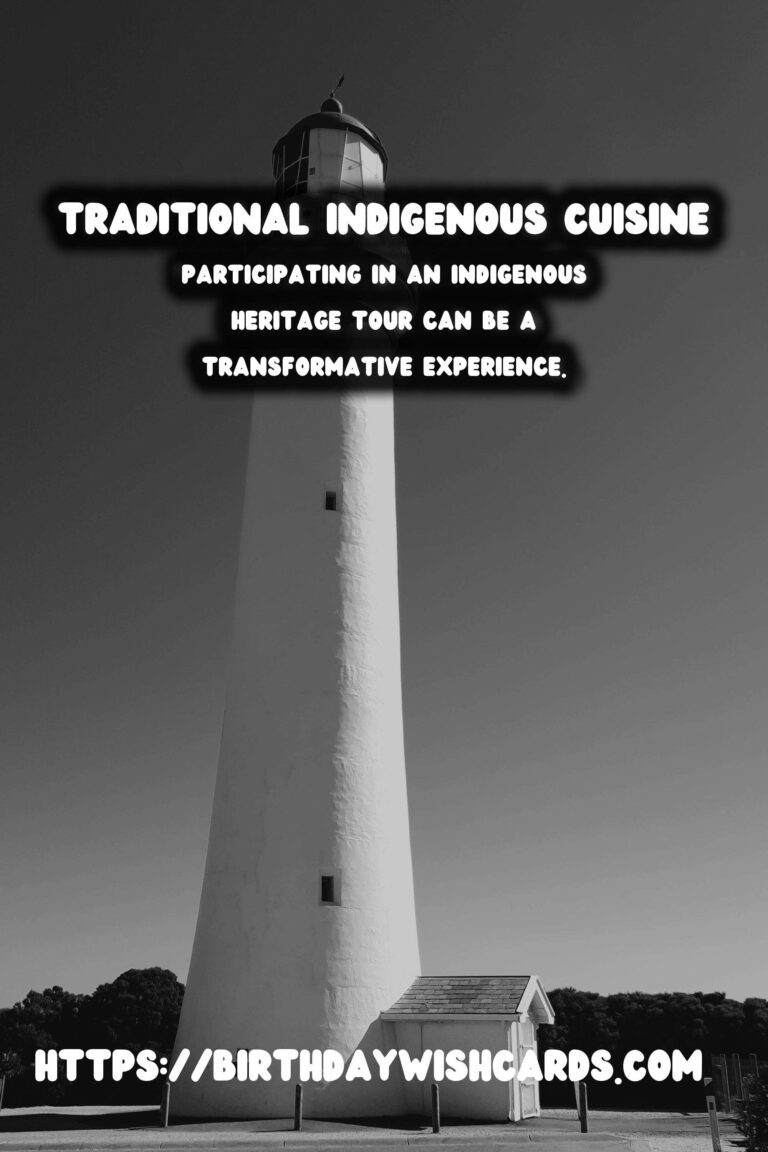
Embark on a culinary journey that delves deep into the rich and diverse heritage of Indigenous cultures. Through traditional food and cuisine, we can experience stories, history, and the lifeblood of Indigenous communities worldwide. This article invites you to discover the essence of Indigenous heritage tours, where food plays a pivotal role in understanding culture and tradition.
The Significance of Traditional Cuisine in Indigenous Cultures
Food is more than sustenance; it is a means of connection and a reservoir of cultural identity for Indigenous peoples. The traditional cuisine of Indigenous communities is a testament to their resilience, adaptability, and innovative use of local resources. These dishes, often passed down through generations, tell stories of migration, survival, and community bonds.
Consider the delicately flavored Bannock of Canada’s First Nations, or the rich, hearty succotash from Native American upbringings in North America. These dishes not only satisfy the palate but also educate and empower those who partake in their cooking and consumption.
Key Components of Indigenous Heritage Tours
Indigenous heritage tours often incorporate educational components that teach participants about the traditional food sources and preparation methods. Authentic experiences may include guided harvesting of native plants, foraging wild ingredients, or even participating in time-honored cooking methods.
During these tours, participants often have the opportunity to engage with Indigenous elders or local chefs who share the historical significance of each ingredient and dish. This direct interaction enriches the experience, fostering a deeper understanding of the cultural narratives entwined with each culinary delight.
Exploring Indigenous Flavors Around the World
Indigenous cuisines are as diverse as the communities themselves. Each region boasts unique ingredients and techniques reflective of available resources and cultural practices. For instance, the Maoris of New Zealand employ the hangi method, a traditional earth oven cooking technique that imparts a distinctive flavor to their dishes.
In the Arctic, the Inuit have mastered the art of preserving and fermenting to survive harsh climates, creating dishes like aged, sun-dried fish. Meanwhile, in the Amazon, the richness of biodiversity manifests in the array of fruits, nuts, and meats central to Indigenous culinary practices.
Why Choose an Indigenous Heritage Tour?
Participating in an Indigenous heritage tour can be a transformative experience. It offers more than just a taste—it provides insight into the souls who cultivate and savor these traditional foods. Such tours promote cultural understanding and contribute to the economic sustainability of Indigenous communities, ensuring these traditions flourish for future generations.
Conclusion
As we reflect on the importance of food in cultural preservation, it becomes evident that Indigenous heritage tours are more than a travel experience; they are a celebration of life, history, and community. By immersing ourselves in the flavors and practices of Indigenous cuisine, we honor the rich tapestry of traditions that continue to nourish both body and spirit.
Embark on a culinary journey that delves deep into the rich and diverse heritage of Indigenous cultures. Participating in an Indigenous heritage tour can be a transformative experience.
#IndigenousCuisine #CulturalHeritage

